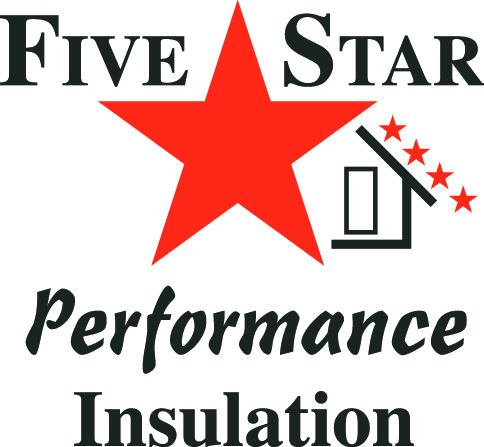Insulation in walls and attics is something that homes and all other types of buildings have in common. It’s necessary to protect the indoor environment from the elements outside—that is, insulation keeps your house warm in the winter and cool in the summer. And while walls are usually insulated during the building process, you can also add new material years or even decades later. When you do decide to add more insulation to your attic or inside a closed wall, your contractor may suggest a product called cellulose insulation.
What is cellulose insulation in Sacramento, CA best used for? For starters, it’s a good option in general. Blown-in, loose-fill cellulose insulation is also the simplest, most practical and most cost-efficient material you can use to insulate enclosed walls. Let’s take a closer look at this type of insulation.
Loose-fill cellulose insulation
The cellulose insulation used in your walls is either a wood- or paper-based product. In commercial structures, this material is generally derived from paper, such as recycled newspapers, cardboard and other kinds of waste paper products. It gets blown in to fill the empty spaces in home or building walls to slow the transfer of heat or cold from outside. Cellulose insulation is dense, thick and clumpy, yet still small and fluffy enough to get into enclosed areas and conform around wires, ductwork and other obstructions.
How it compares
There are some popular alternatives to cellulose insulation, including fiberglass batts and blown-in fiberglass. But when it comes to closed walls, blown-in insulation is going to be your best bet. Holes are bored into the walls and the insulation is injected inside. Fiberglass roll insulation can be installed in open walls, or you can opt for a spray-applied foam insulation instead. Again, blown-in cellulose insulation easily wraps around obstructions (wires, ducts and more). Fiberglass batts insulate well, though insulating around the majority of obstructions is not as simple.
Advantages to using cellulose insulation
Cellulose insulation offers numerous benefits over other types of insulation materials. Here are a few:
- As mentioned, loose-fill cellulose insulation can conform and settle easily around the most common obstructions found in attics and walls.
- This material is fairly inexpensive, while still maintaining an ideal R-value of about 3.5 per inch of thickness.
- Because cellulose insulation is treated with borates, it stands up well against insects and other pests.
- A contractor can inject this type of insulation into walls that are already closed by creating small holes, installing the insulation and then closing them back up again.
- Since cellulose insulation technically comes from a plant source, and can be composed of up to 85 percent recycled materials like cardboard and newspapers, it can be considered an eco-friendly option.
Blown-in cellulose insulation is an effective and affordable way to insulate your home or commercial building. If you want to work with a company you can count on, contact the professionals at 5 Star Performance Insulation, Inc. We insulate walls and attic spaces using only the best materials available. Call us today for more information about cellulose insulation in Sacramento, CA!
